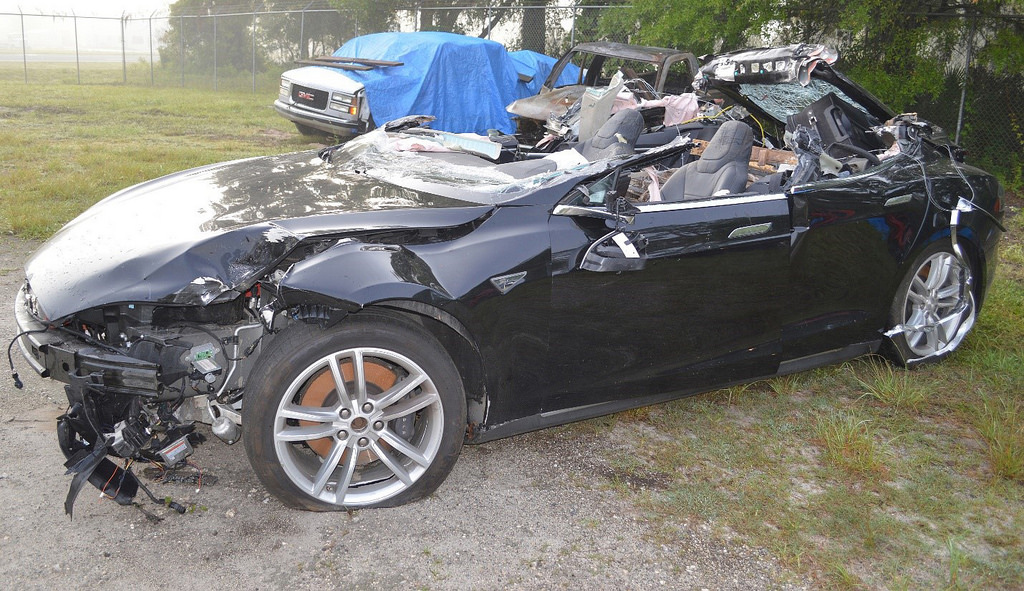 Engadget
Engadget
Following the investigation of a fatal Tesla Model S crash, the NTSB concluded in a 500-page report that the driver, Joshua Brown, ignored repeated "Autopilot" warnings to keep his hands on the wheel. "For the vast majority of the trip, the Autopilot hands-on state remained at 'hands required, not detected,' " the report states. Specifically, Brown was supposed to have his hands on the wheel for a 37-minute portion of the trip, and did so for just 25 seconds.
At the same time, the NTSB appears to have debunked reports from the truck driver involved in the accident that Brown was watching a Harry Potter movie at the time of the crash. "No Harry Potter movie file was found on the hard drive of the [Chromebook] device," it states.
It added, though, that "it could not be concluded whether or not the driver was on the laptop at the time of the crash," because its screen was broken. It also said that a Chromebit device had Harry Potter music, but no video, on it, which may have been what the truck driver heard. The Brown family's lawyer told Reuters he hopes the "unequivocally false" rumors that he was watching a movie instead of paying attention to the road will finally be put to rest.
While expressing sympathy for the family, Elon Musk's company last year denied that its Autopilot system was to blame, noting that drivers "need to maintain control and responsibility for your vehicle ... [and] always keep your hands on the wheel." Earlier this year, the NHTSA (National Highway Traffic Safety Administration) agreed, and cleared Tesla of fault in the crash.

Nevertheless, Tesla instituted a number of changes. It parted ways with MobilEye, the company that made some of the tech used in the Autopilot (MobilEye was subsequently purchased by Intel for $15.3 billion). It also implemented changes to the Autopilot by temporarily preventing drivers from using it if they ignored warnings to take the steering wheel.
It's still not known why the Autopilot didn't see the truck and apply the brakes, but at the time Tesla said that "neither Autopilot nor the driver noticed the white side of the tractor trailer against a brightly lit sky." The NTSB also noted that the driver was speeding, going 74 mph in a 65 mph zone. In addition, because the body of the Model S passed under the tractor trailer, its highly lauded safety systems couldn't do their job.
The accident investigation normally would have been routine, since it was technically the fault of the truck driver, who was charged with a right-of-way traffic violation. Because self-driving systems like Tesla's are so new, however, separate investigations were carried out by the NHTSA, NTSB and even the SEC (Securities Exchange Commission), which wanted to make sure Tesla didn't deceive stockholders.
Since the crash, Tesla's Autopilot system has mostly garnered positive press, in one case applying the brakes after detecting an accident before it even happened. The NTSB's next step will be to report the probably cause of the accident and make recommendations to prevent similar ones in the future.